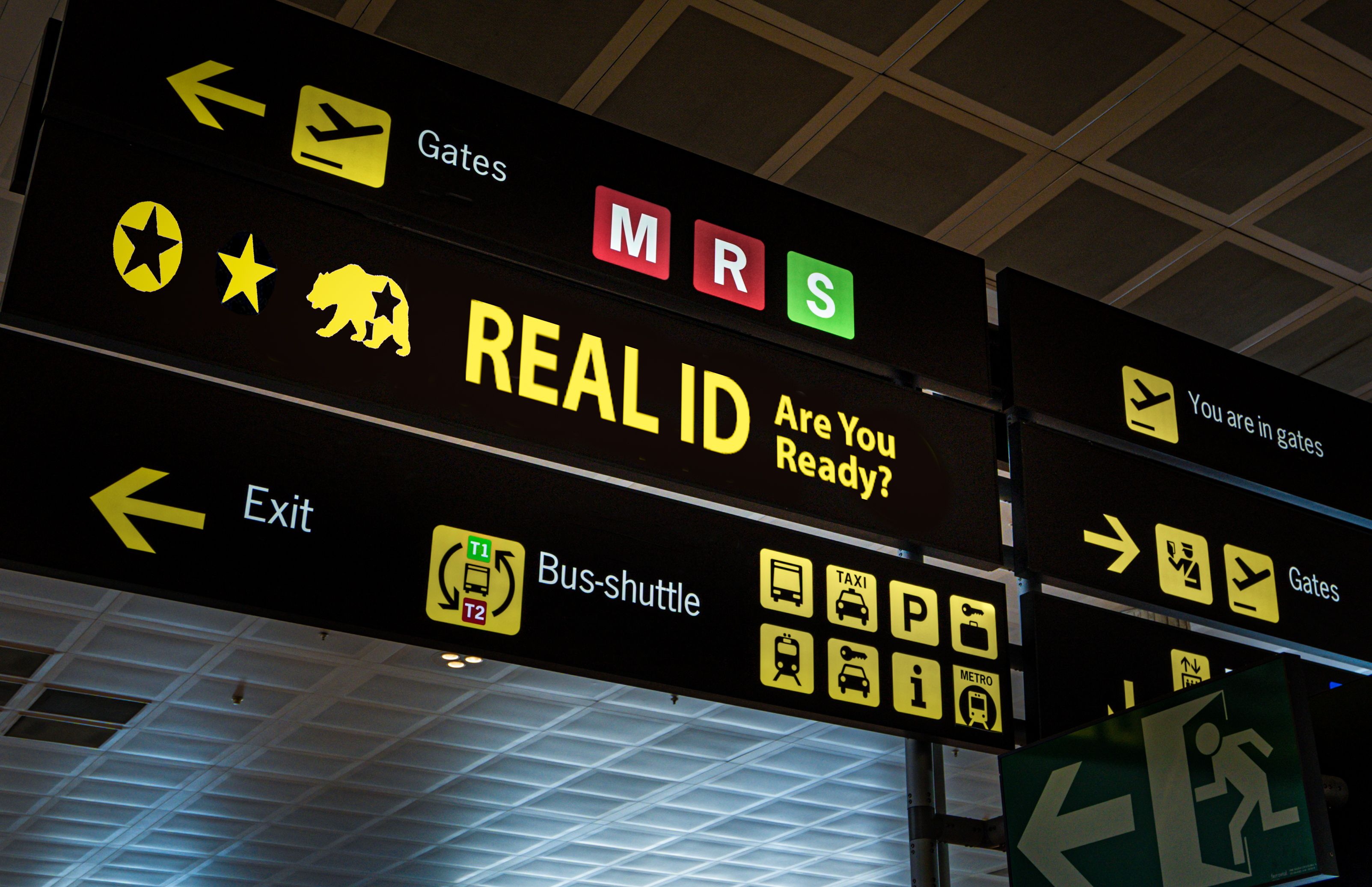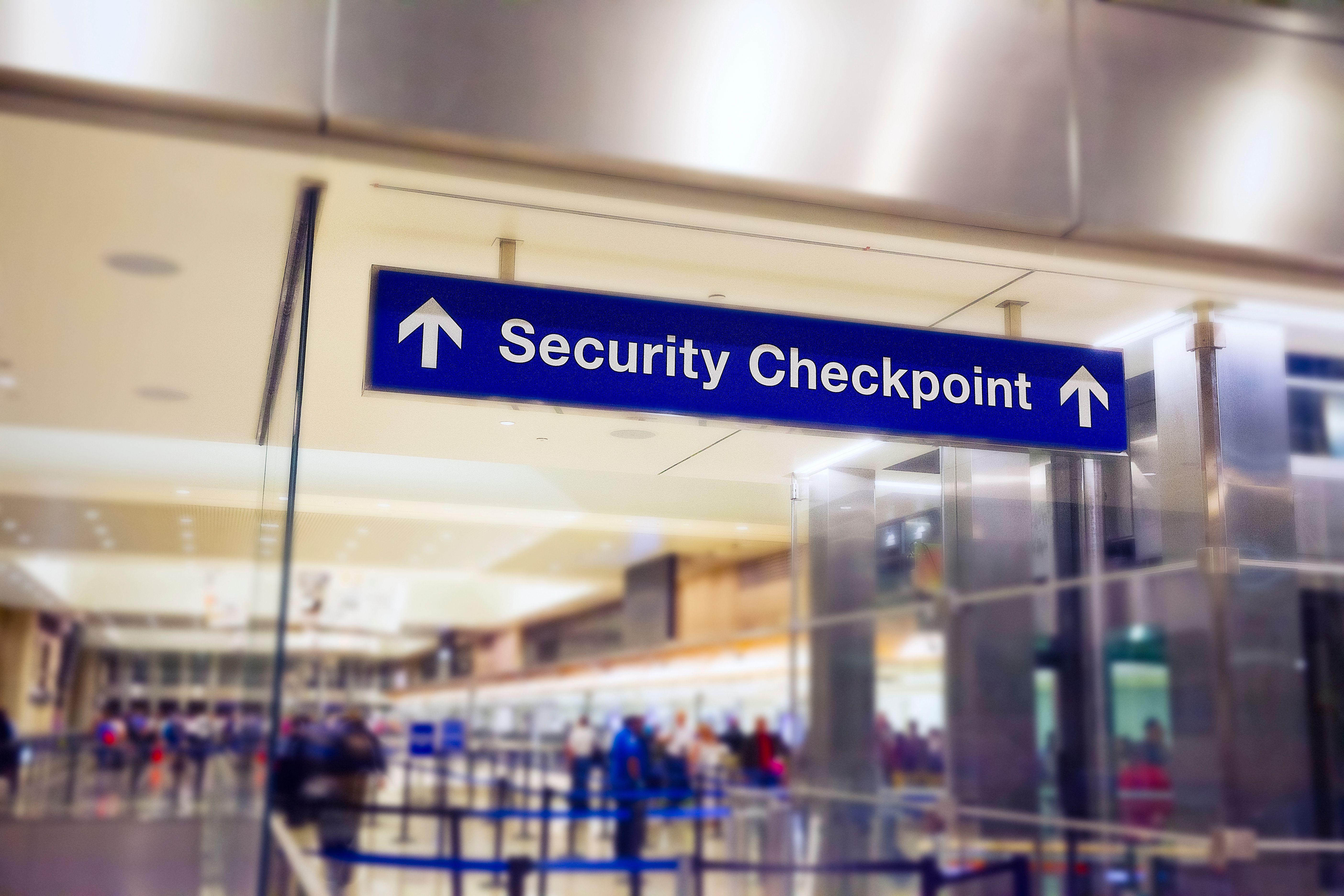Understanding the New Real ID Law: What It Means for You
What is the Real ID Law?
The Real ID Law is a federal mandate established in the United States to enhance the security of state-issued identification cards and driver’s licenses. Passed by Congress in 2005 as part of the Real ID Act, it sets minimum security standards for these identification forms. The law was enacted in response to the September 11 attacks, aiming to make it more challenging for terrorists to obtain fake IDs.
Under this law, all states are required to comply with certain requirements concerning the issuance and design of IDs. The key objective is to establish a uniform standard across all states, increasing the reliability and security of identification documents.

Why is the Real ID Important?
The significance of the Real ID Law extends beyond just having a standardized identification. A Real ID-compliant card or driver’s license is necessary for several activities. For instance, starting from May 7, 2025, individuals will need a Real ID to board domestic flights within the United States. This is part of broader measures to tighten security at airports and other federal facilities.
Moreover, a Real ID is required to access federal buildings and nuclear power plants. Without it, individuals may need to present additional forms of identification or undergo more rigorous security checks.

How Can You Obtain a Real ID?
To get a Real ID, you will need to visit your local Department of Motor Vehicles (DMV) office. It involves an in-person application process where you have to present certain documents to verify your identity and residency. These typically include:
- A valid U.S. passport or birth certificate
- Your Social Security card or a document showing your Social Security number
- Two proofs of residency, such as utility bills or rental agreements
It’s crucial to check with your state’s DMV for specific requirements, as there might be slight variations from state to state.
What If You Don’t Have a Real ID?
If you choose not to obtain a Real ID, you can still use other forms of federal identification for air travel and accessing federal facilities. Acceptable options include a valid passport or military ID. However, relying solely on your standard driver's license might not suffice for these purposes after the enforcement date.

Preparing for the Transition
As the deadline approaches, DMV offices are likely to experience an increase in applications for Real IDs. Therefore, it is advisable to plan ahead and apply sooner rather than later to avoid long wait times. Many DMVs offer appointment scheduling online to streamline the process.
Additionally, ensure that all your documents are current and acceptable under the Real ID requirements. Double-checking this can save time and minimize any potential issues during your application process.
Conclusion
The Real ID Law represents a significant shift in how identification is standardized and used across the United States. By understanding what it entails and preparing accordingly, you can ensure compliance and enjoy seamless travel and access to federal facilities. Stay informed about any updates from your local DMV regarding application processes and deadlines.

